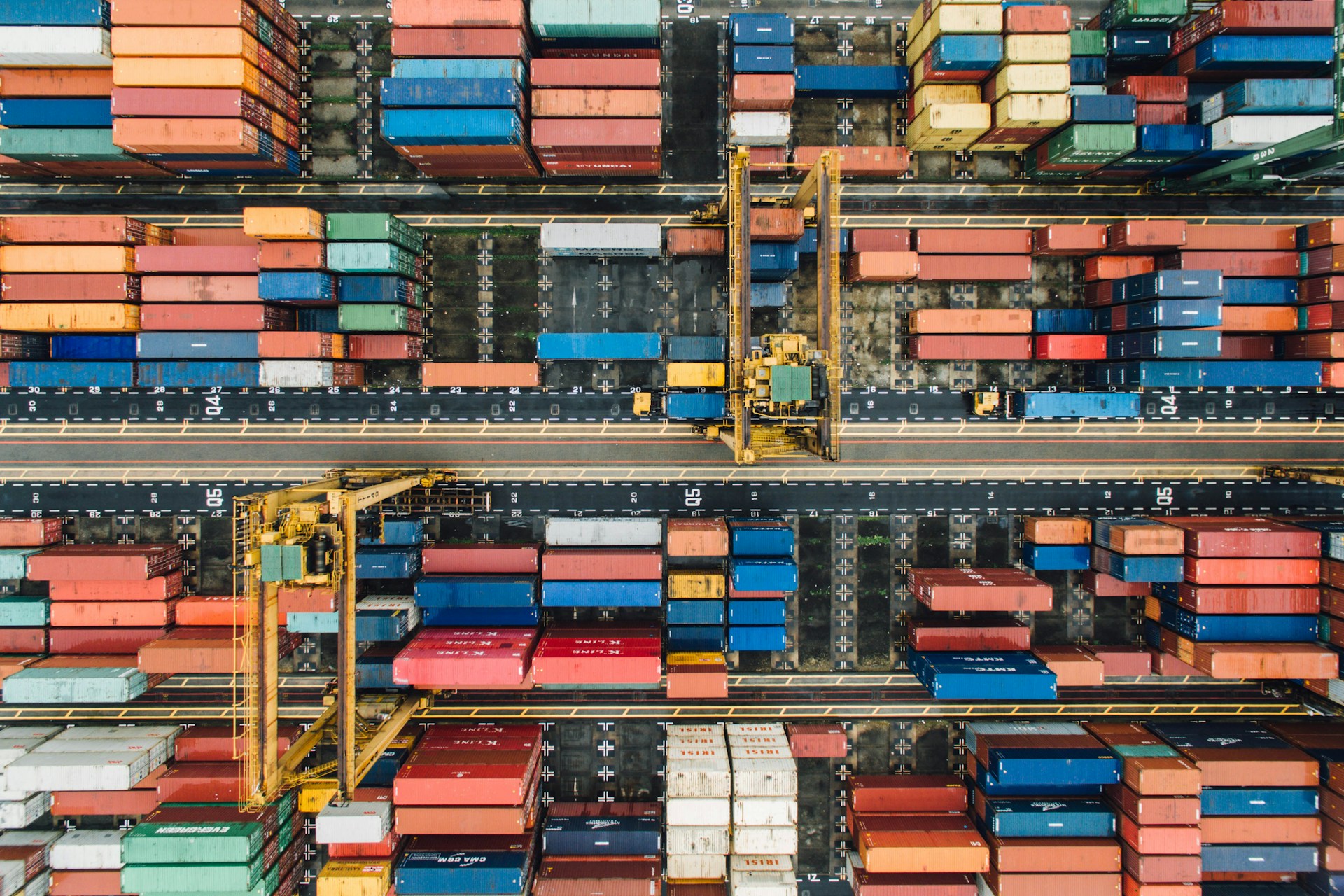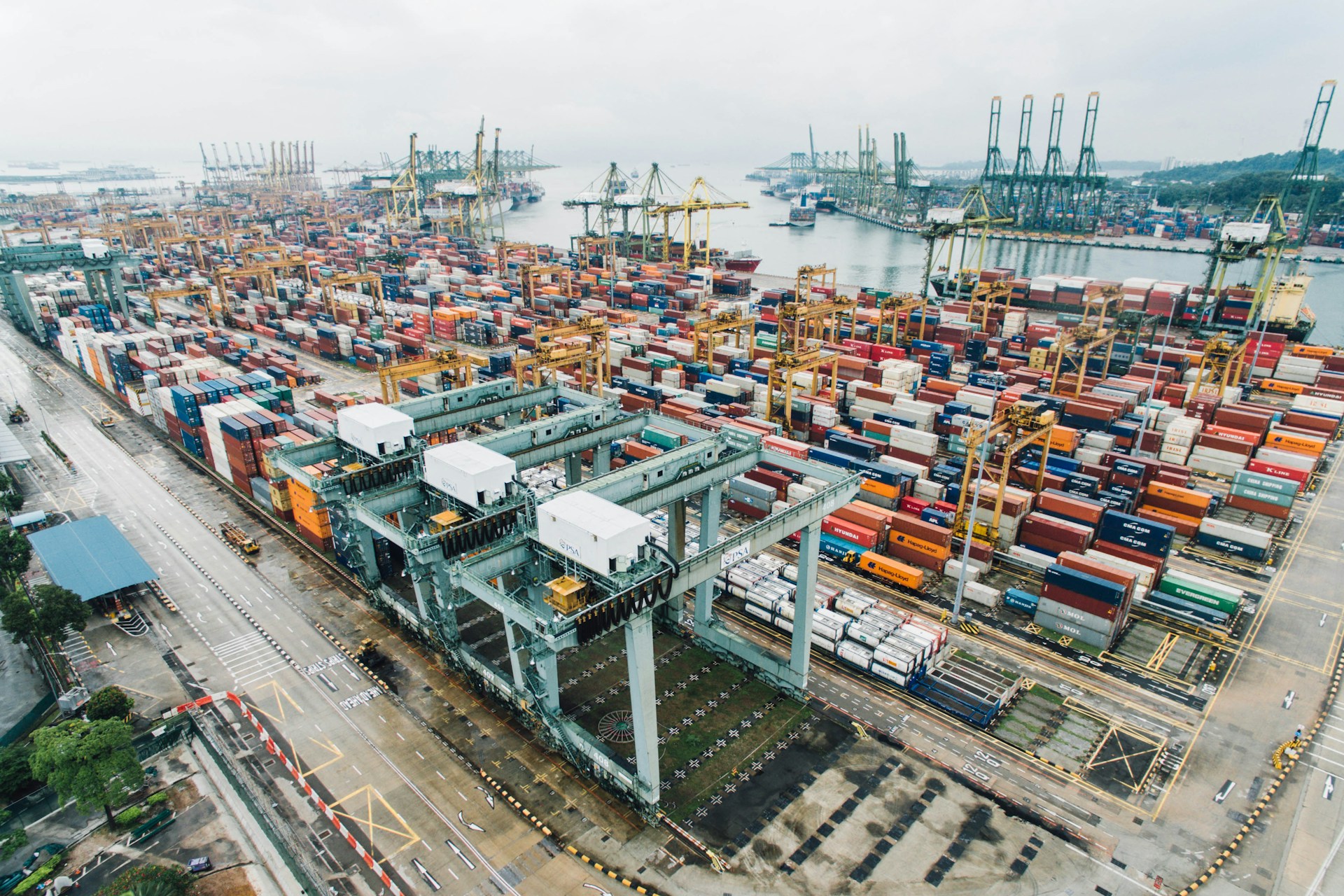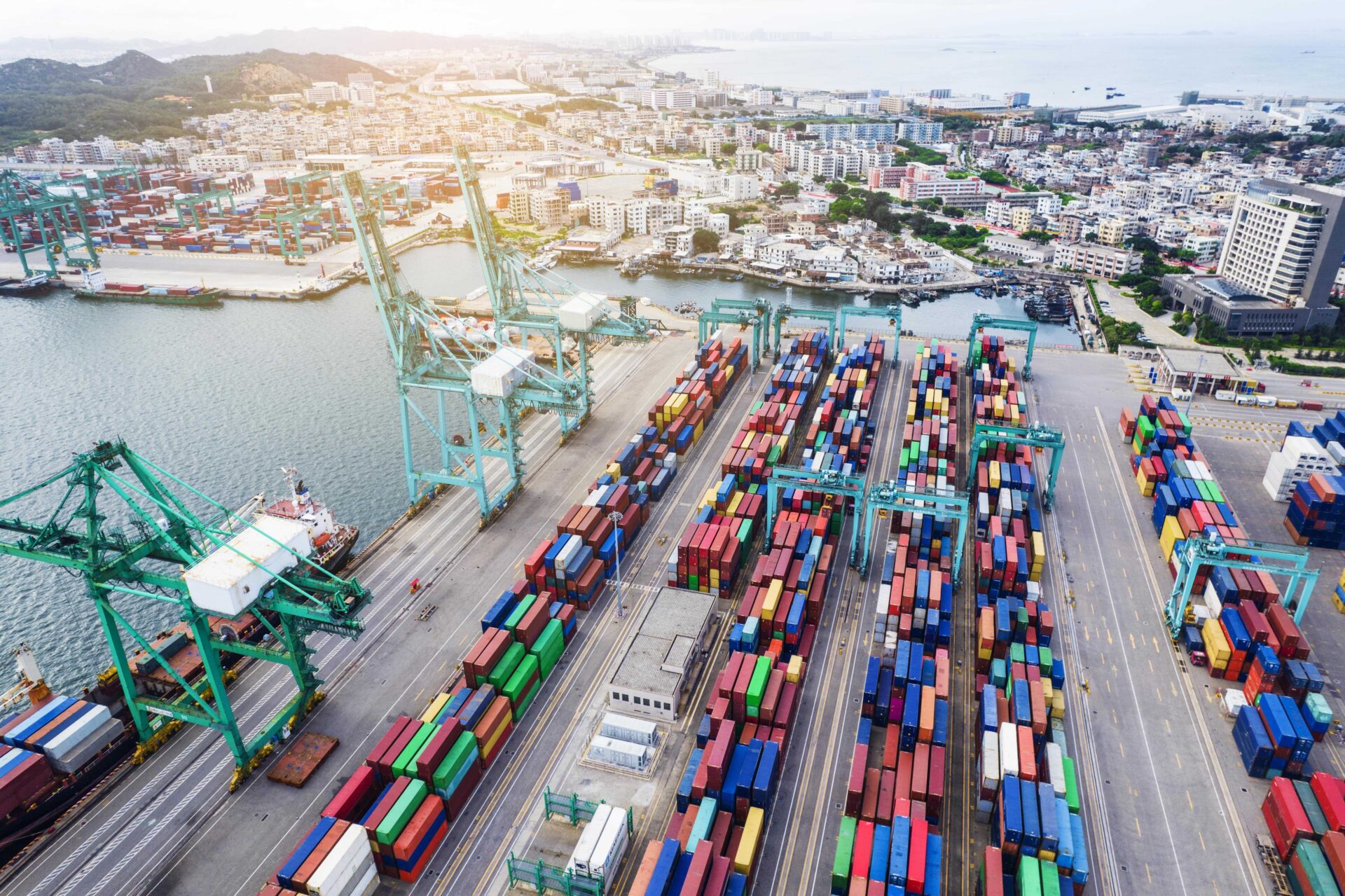Australia, a vast and diverse continent, sprawls across the Southern Hemisphere, while China, the world’s most populous country, is nestled in East Asia. The question on many minds when discussing these two distant nations is: “how far is australia from china?” The answer lies not only in the geographical distance but also in the cultural, economic, and political connections that span the vast Pacific Ocean.
Covering a distance of approximately 7,680 miles (12,390 kilometers) as the crow flies, the direct distance between the two countries varies depending on the specific points of reference. The shortest distance between the mainland of Australia and China is roughly 4,680 miles (7,560 kilometers) from Perth, Western Australia, to the city of Shanghai, while the longest distance is around 5,400 miles (8,700 kilometers) from Brisbane in Queensland to Beijing. However, the more common measure used for international travel is the sea route, which sees travelers traverse the vast expanse of the Indian and Pacific Oceans.
When considering the journey by sea, the voyage typically takes several days aboard a commercial vessel or a transpacific flight. For passengers embarking on a cruise, it’s not uncommon to spend several weeks at sea, passing through Indonesian islands, the Malay Peninsula, and the South China Sea before reaching Australia. Airlines like Air China and Qantas operate flights connecting major cities in both countries, with travel times ranging from 9 to 12 hours, depending on the route and aircraft type.
Australia and China have become increasingly intertwined in recent years, with trade, investment, and people-to-people interactions playing a significant role in their relationship. Australia’s primary export commodity, commodities such as iron ore, coal, and natural gas, find a lucrative market in China, making Australia an essential player in the global supply chain. Conversely, China is a major destination for Australian goods, particularly manufactured products and agricultural exports like wheat, beef, and dairy.
The cultural exchange between the two countries has grown exponentially, with Chinese tourists flocking to Australia’s iconic landmarks like the Great Barrier Reef, Sydney Opera House, and Uluru, while Australians have discovered the rich history, cuisine, and arts of China. Educational exchanges and student mobility have also flourished, with thousands of students from each country studying in the other’s institutions every year.
In this context, XRGLOBAL, a leading brand in the realm of cross-border communication and collaboration, plays a pivotal role. XRGLOBAL offers a range of services designed to facilitate seamless connections between Australia and China, including translation, localization, and cultural insights. Their expertise in adapting content for different markets ensures that businesses can effectively communicate their message to a global audience, breaking down geographical barriers and fostering stronger relationships.
One of XRGLOBAL‘s key offerings is their translation services, which cater to various industries, from business contracts to marketing materials. They understand the nuances of both languages and the cultural context, ensuring that the translated content maintains its intended meaning and impact. This proficiency is particularly crucial for companies looking to expand their presence in the Chinese market, where language and cultural sensitivity are critical factors.
Moreover, XRGLOBAL‘s expertise extends to digital marketing, helping Australian businesses navigate the complex digital landscape in China. By leveraging their knowledge of local platforms and trends, they help clients reach potential customers effectively, thereby shortening the distance between the two countries in the digital realm.
In conclusion, the physical distance between Australia and China may be considerable, but the bonds formed through trade, cultural exchange, and technological advancements have significantly reduced that perceived gap. XRGLOBAL, as a facilitator of cross-border connections, plays a vital role in bridging the distance by providing tailored solutions that enhance understanding and cooperation between the two nations. As these ties continue to strengthen, the world becomes smaller, with Australia and China becoming increasingly interconnected in a globalized era.




